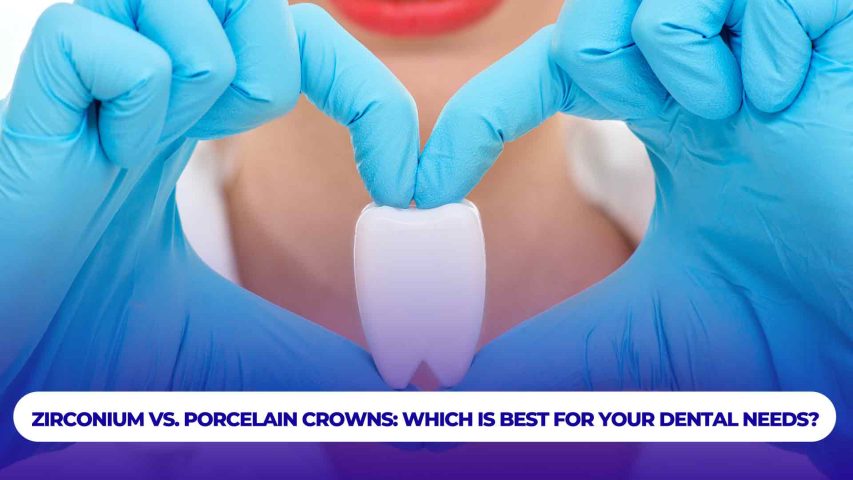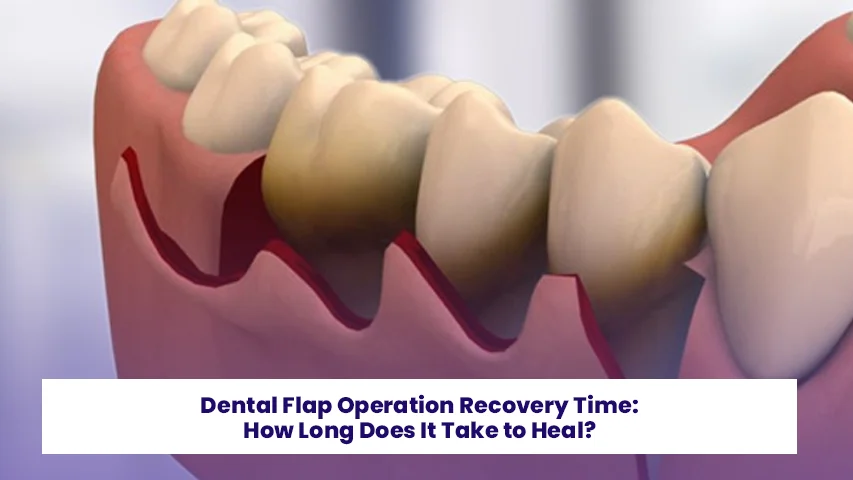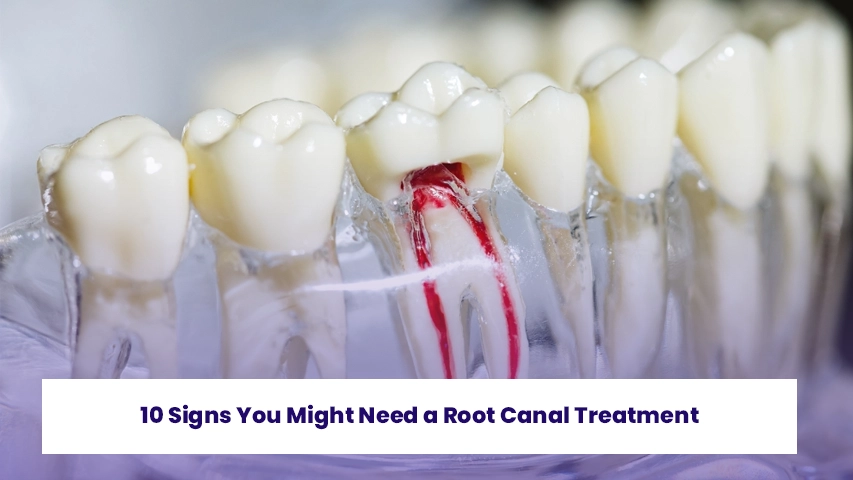
Dental Implants vs. Bridges: Which Is the Right Choice for You?
9 January 2025
What Are the Best Treatments for Tooth Sensitivity?
9 January 2025Zirconium vs. Porcelain Crowns: Which Is Best for Your Dental Needs?
When it comes to restoring damaged or missing teeth, dental crowns are a popular and effective solution. They offer not only structural support but also enhance the aesthetics of your smile. However, the choice between zirconium vs. porcelain crowns can be daunting for many patients. Each material comes with its own unique benefits and considerations, which means understanding the differences can help you make an informed decision about your dental care.
In this article, we’ll delve into the characteristics of zirconium crowns and porcelain crowns, their advantages and disadvantages, and the factors you should consider when choosing the right option for your needs. Whether you’re looking for durability, natural appearance, or a cost effective solution, understanding these options will ensure you receive the best possible care.
By exploring both materials in detail, you’ll be better equipped to discuss your options with your dentist. So, let’s begin by understanding what zirconium and porcelain crowns are and what sets them apart.
What Are Zirconium and Porcelain Crowns?
Dental crowns are caps placed over damaged, decayed, or weakened teeth to restore their shape, size, strength, and appearance. Zirconium and porcelain crowns are two of the most popular materials used for this purpose, each offering unique benefits suited to different dental needs. While zirconium crowns are prized for their durability and resistance to wear, porcelain crowns are celebrated for their natural aesthetics and ability to blend seamlessly with your existing teeth. Understanding the key characteristics of these materials and comparing zirconium vs. porcelain crowns will help you decide which option aligns best with your functional and cosmetic goals.
Let’s explore the specific features, advantages, and considerations for each type of crown in more detail.

Zirconium Crowns
Zirconium crowns are made from zirconia, a type of ceramic material that is extremely durable and resistant to wear. Known for their strength, these crowns are often chosen for teeth that endure significant pressure, such as molars. Additionally, zirconium crowns are biocompatible, which means they are less likely to cause allergic reactions or gum irritation.
Porcelain Crowns
Porcelain crowns, on the other hand, are crafted from a special type of ceramic designed to mimic the appearance of natural teeth. They are highly aesthetic and are often used for front teeth where appearance is a primary concern. Porcelain crowns can be matched closely to the color and translucency of your existing teeth, offering a seamless and natural look.
Advantages of Zirconium Crowns
Zirconium crowns are a popular choice in modern dentistry due to their remarkable strength, biocompatibility, and versatility. Designed to handle the toughest chewing forces, they provide a durable solution for restoring damaged teeth while maintaining a natural appearance. Whether you’re seeking a long lasting option for molars or a safe material for sensitive gums, zirconium crowns offer a range of advantages that make them an excellent choice for many patients. Below, we’ll outline the key benefits of zirconium crowns in detail.
- Exceptional Durability Zirconium crowns are among the strongest dental materials available. They can withstand heavy chewing and grinding without chipping or cracking, making them ideal for molars and back teeth.
- Biocompatibility One of the standout features of zirconium crowns is their biocompatibility. Patients with allergies or sensitivities to metals often find zirconium to be a safe and comfortable alternative.
- Aesthetics Modern zirconium crowns are designed to be aesthetically pleasing, offering a natural looking finish that rivals porcelain. Although they are slightly less translucent, they still provide a realistic appearance.
- Longevity With proper care, zirconium crowns can last for over 10 years, making them a cost effective investment in the long run.
Advantages of Porcelain Crowns
Porcelain crowns are highly regarded for their ability to replicate the natural look and feel of teeth, making them an ideal choice for enhancing the aesthetics of your smile. Their translucent quality and customizable design allow them to blend seamlessly with surrounding teeth, providing a flawless and natural appearance. Perfect for front teeth and cosmetic restorations, porcelain crowns deliver a beautiful, lifelike finish. Let’s take a closer look at the specific advantages that make porcelain crowns a favorite among patients and dentists alike.
- Superior Aesthetics Porcelain crowns are renowned for their ability to replicate the natural appearance of teeth. Their translucent quality ensures they blend seamlessly with surrounding teeth.
- Versatility Porcelain is highly customizable, allowing dentists to create crowns that match the exact shade, shape, and size of your natural teeth.
- Non Metallic Since porcelain crowns contain no metal, they are an excellent choice for patients who prefer a completely ceramic solution.
- Enhanced Comfort Porcelain crowns often feel more natural in the mouth due to their lightweight construction.
Disadvantages to Consider
While zirconium and porcelain crowns each offer significant benefits, they also come with certain drawbacks that are important to understand before making a decision. Factors such as cost, durability, and aesthetic differences can influence your choice, depending on your dental needs and lifestyle. By being aware of these limitations, you can work with your dentist to determine the most suitable option for your smile. Below, we’ll explore the potential disadvantages of both zirconium and porcelain crowns.
Zirconium Crowns
- Cost: Zirconium crowns are typically more expensive than porcelain crowns, making them less accessible for some patients.
- Aesthetics for Front Teeth: While zirconium crowns are aesthetic, they may not match the translucency of porcelain, especially for front teeth.
Porcelain Crowns
- Fragility: Porcelain crowns are more prone to chipping or cracking under excessive force.
- Shorter Lifespan: Compared to zirconium, porcelain crowns may need to be replaced more frequently, especially for back teeth.
- Staining: Over time, porcelain crowns may be susceptible to staining, requiring maintenance or replacement.
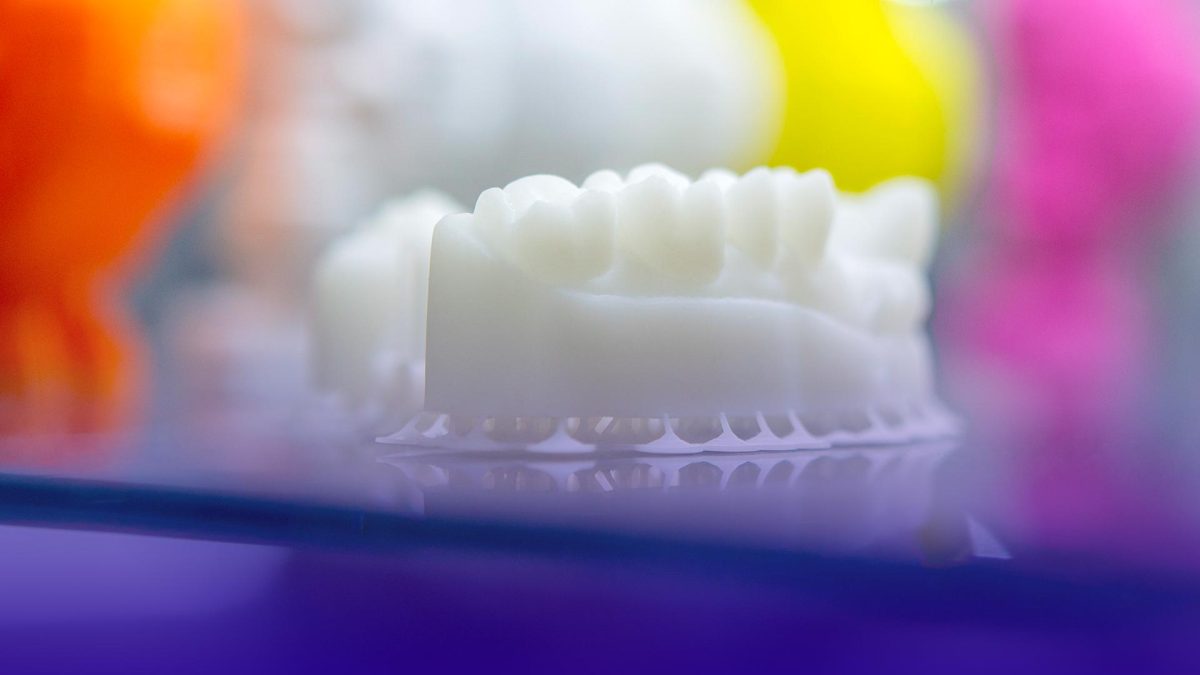
Zirconium vs. Porcelain Crowns: Key Comparisons
Choosing between zirconium and porcelain crowns often comes down to understanding their key differences and how they align with your specific dental needs. Each material has distinct advantages, from durability to aesthetic appeal, making one more suitable than the other depending on the situation. By comparing their features side by side, you can better evaluate which crown type is the right choice for your oral health and cosmetic goals. Below, we’ll highlight the primary comparisons between zirconium and porcelain crowns to guide your decision making process.
| Feature | Zirconium Crowns | Porcelain Crowns | |
|---|---|---|---|
| Durability | Extremely durable; ideal for molars | Less durable; best for front teeth | |
| Aesthetics | Natural looking but less translucent | Superior translucency and realism | |
| Cost | More expensive | Generally more affordable | |
| Longevity | 10+ years with proper care | Typically 5-10 years | |
| Biocompatibility | Excellent | Good | |
| Customization | Limited translucency options | Highly customizable |
Factors to Consider When Choosing Between Zirconium and Porcelain Crowns
When deciding between zirconium and porcelain crowns, one of the most important factors is the location of the tooth. Zirconium crowns are better suited for molars and back teeth due to their superior strength, while porcelain crowns are ideal for front teeth where aesthetics play a more significant role. Consider the function and visibility of the tooth when making your choice.
Another key consideration is your budget and personal preferences. Zirconium crowns tend to be more expensive but offer exceptional durability, making them a long term investment. On the other hand, porcelain crowns are typically more affordable and provide unmatched natural aesthetics, especially for highly visible teeth. Discussing these factors with your dentist will help you make the most informed decision for your dental care.
- Location of the Tooth If the crown is for a molar or back tooth, zirconium is often the better choice due to its strength. For front teeth, where appearance is crucial, porcelain is typically preferred.
- Aesthetic Goals If you prioritize a highly natural look, porcelain crowns are unmatched in their aesthetic appeal.
- Budget Zirconium crowns tend to be more expensive than porcelain crowns, so your budget may influence your decision.
- Oral Habits If you grind your teeth or have other habits that put pressure on your teeth, zirconium crowns are more likely to withstand the strain.
- Allergies or Sensitivities Patients with metal sensitivities may find zirconium crowns to be a safer option.
Maintenance Tips for Dental Crowns
Regardless of whether you choose zirconium or porcelain crowns, proper maintenance is crucial to ensure their longevity. Here are some tips to keep your crowns in optimal condition:
- Practice Good Oral Hygiene: Brush twice daily and floss regularly to prevent decay and gum disease around the crown.
- Avoid Hard Foods: Minimize chewing hard foods or objects to reduce the risk of damage.
- Regular Dental Checkups: Visit your dentist regularly for professional cleanings and to monitor the condition of your crowns.
- Wear a Mouthguard: If you grind your teeth, wearing a mouthguard can protect your crowns from excessive wear.
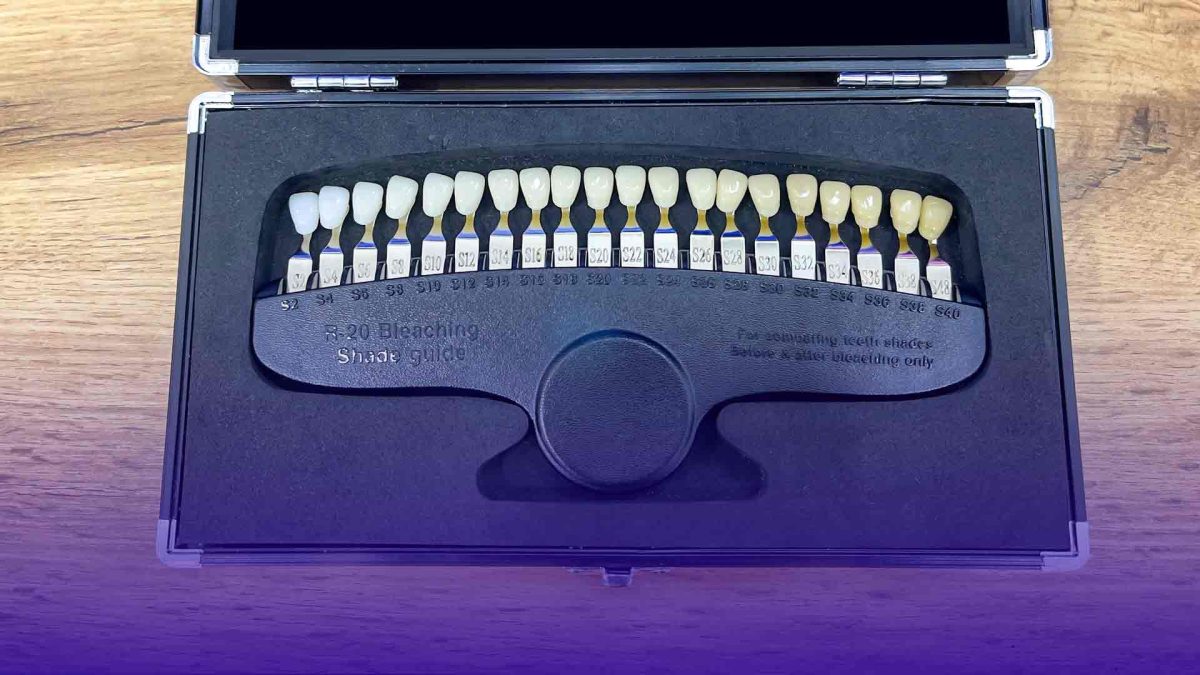
Which Crown Is Right for You?
Choosing between zirconium crowns and porcelain crowns ultimately depends on your individual needs and priorities. Zirconium crowns are an excellent choice for durability and long-term use, especially for molars or patients with heavy biting forces. On the other hand, porcelain crowns are ideal for achieving a highly natural look, particularly for front teeth where aesthetics are key. Comparing zirconium vs. porcelain crowns will help you weigh their strengths and determine the best option for your dental needs.
Consulting with your dentist is the best way to determine the right material for your dental crown. They can assess your unique situation, including the location of the tooth, your oral habits, and your aesthetic preferences, to recommend the most suitable option.
No matter which crown you choose, investing in high quality dental care is a step toward a healthier, more confident smile.








